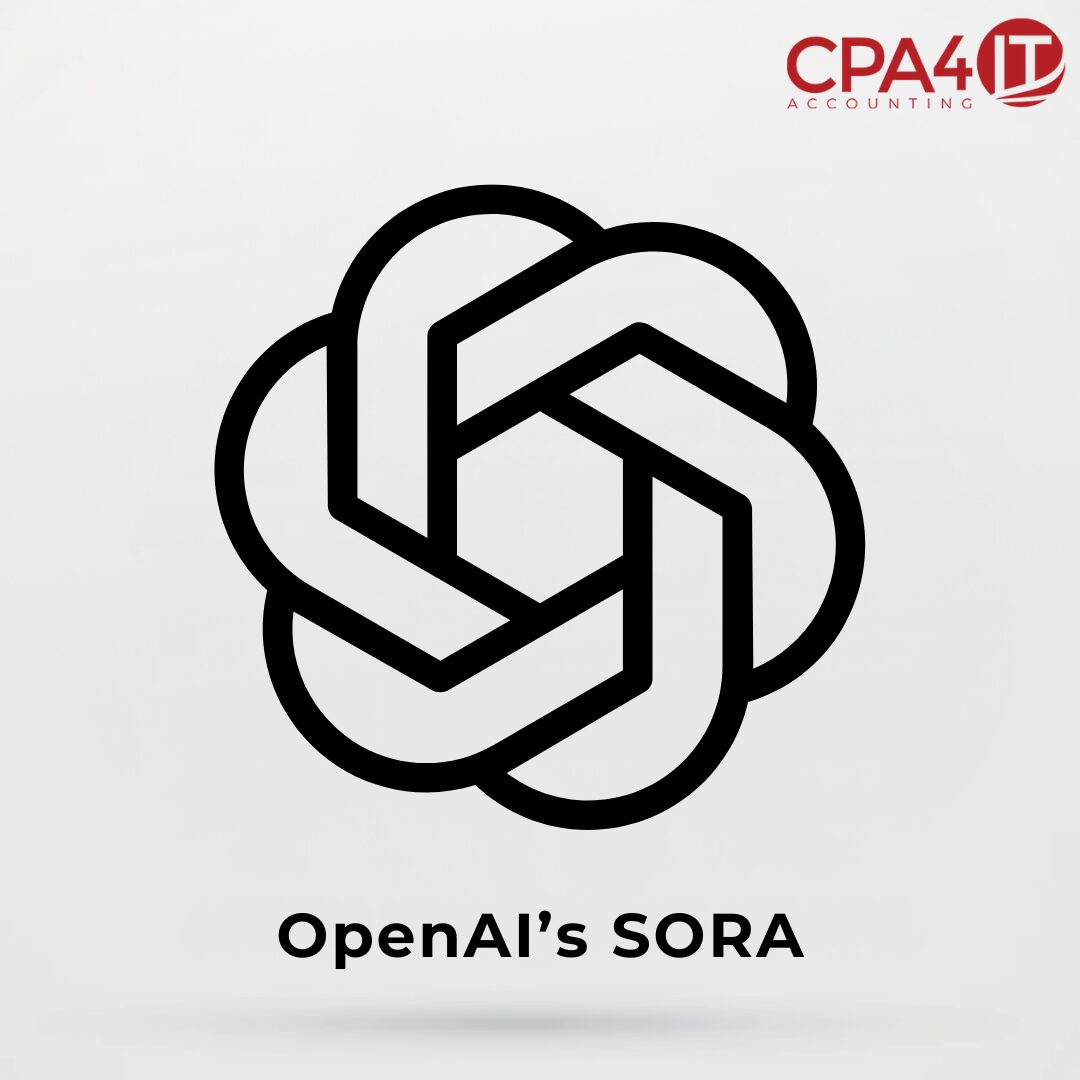In the rapidly evolving landscape of artificial intelligence, OpenAI’s introduction of Sora marks a significant milestone. This text-to-video tool has the potential to redefine content creation, but it also raises questions about the future of video production and the ethical implications of AI-generated media.
Understanding Sora
Sora is a cutting-edge tool that allows users to transform written text into video content. It leverages advanced AI algorithms to interpret text and generate corresponding visual and auditory elements, creating a cohesive video narrative. This technology is not just about automating video production; it’s about enabling a new form of creativity where the barrier between the written word and visual storytelling is blurred.
Behind the Curtain: How Sora Transforms Text into Video
To fully appreciate the innovation behind Sora, it’s essential to delve into the mechanics of how this tool transforms written text into dynamic video content. At its core, Sora leverages a blend of natural language processing (NLP), computer vision, and deep learning algorithms to interpret text and generate corresponding visual and auditory elements.
- Step 1: Understanding the Text
The process begins with Sora’s NLP capabilities, which analyze the input text to grasp its context, tone, and narrative structure. This involves breaking down the text into manageable components, identifying key themes, and understanding the intended message. This initial analysis is crucial as it sets the stage for the subsequent steps, ensuring that the generated video aligns with the text’s intended meaning.
- Step 2: Generating Visuals
Once the text is understood, Sora moves on to generating the visual elements of the video. This involves leveraging computer vision and generative models to create images, animations, and scenes that correspond to the text. For example, if the text describes a serene beach at sunset, Sora will generate visuals that depict the ocean, sand, and a setting sun, complete with appropriate colors and lighting.
- Step 3: Synthesizing Audio
Parallel to the visual generation, Sora also synthesizes audio elements to complement the visuals. This includes background music, sound effects, and voiceovers. The choice of audio is informed by the text’s content and mood, ensuring that the audiovisual experience is cohesive and immersive.
- Step 4: Assembling the Video
With the visual and audio components ready, Sora proceeds to assemble them into a seamless video. This involves timing the visuals and audio correctly, adding transitions, and ensuring that the video flows smoothly from start to finish. The result is a polished video that brings the original text to life in a visually engaging and coherent manner.
- Step 5: Refinement and Customization
Finally, Sora provides options for refinement and customization, allowing users to tweak the video to their liking. This might include adjusting the pacing, changing the visual style, or adding additional elements. This flexibility ensures that the final video not only captures the essence of the text but also aligns with the user’s creative vision.
The Promise of Sora: Democratizing Video Creation
One of the most significant impacts of Sora is its potential to democratize video production. Traditionally, creating high-quality video content required technical skills, expensive equipment, and a considerable amount of time. With Sora, anyone with a creative idea can produce engaging videos quickly and without the need for specialized knowledge or resources. This accessibility could lead to a surge in diverse and innovative content, as more people are empowered to share their stories and ideas visually.
https://t.co/P26vJHlw06 pic.twitter.com/AW9TfYBu3b
— Sam Altman (@sama) February 15, 2024
The Role of Sora in Content Marketing
In the realm of content marketing, Sora offers a game-changing advantage. Marketers can swiftly create visually appealing videos to complement their written content, enhancing their storytelling and engagement. As social media platforms increasingly favor video content, the ability to produce videos quickly and efficiently becomes a crucial asset for brands looking to stay competitive and relevant.
The Challenges and Concerns Surrounding Sora
Despite its potential, Sora is not without its challenges and concerns. One of the most pressing issues is the threat to traditional video production jobs. As AI-driven tools like Sora become more sophisticated, there is a risk that human creativity and expertise in video production could be undervalued or replaced.
The Deepfake Dilemma
Another significant concern is the potential for misuse in creating deepfakes. As Sora and similar technologies advance, the ability to generate realistic video content from text could be exploited to create convincing misinformation or manipulate public opinion. This raises ethical questions about the responsibilities of AI developers and users in preventing the spread of false or harmful content.
Navigating the Ethical Landscape of AI-Generated Content
The emergence of tools like Sora underscores the need for a robust ethical framework for AI-generated content. This includes establishing guidelines for transparency, accountability, and consent, particularly when real individuals are depicted or referenced in AI-generated videos. As AI continues to shape the future of media, it is imperative that ethical considerations are at the forefront of its development and use.
The Future of Video Production with Sora
Looking ahead, Sora has the potential to significantly impact the landscape of video production. It could lead to a new era of content creation where AI and human creativity collaborate to produce innovative and diverse media. However, this future also depends on addressing the ethical and practical challenges that accompany such transformative technology.
Embracing the Potential While Mitigating Risks
The key to harnessing the power of Sora lies in striking a balance between embracing its potential and mitigating its risks. This includes ongoing dialogue and collaboration between AI developers, content creators, policymakers, and the public to ensure that the benefits of AI-driven video production are realized while safeguarding against its potential pitfalls.
Conclusion
Sora represents a significant leap forward in the intersection of AI and video production. Its ability to democratize video creation and open up new possibilities for storytelling is unparalleled. However, as with any groundbreaking technology, it is accompanied by challenges and ethical considerations that must be addressed. By navigating these complexities, we can ensure that Sora and similar tools are used responsibly and creatively, enriching the digital landscape and empowering content creators worldwide.







